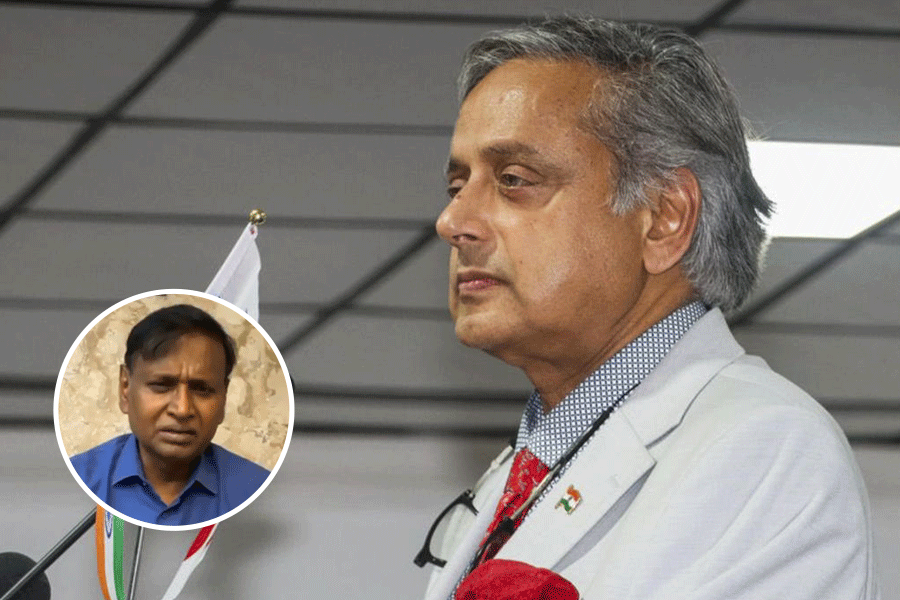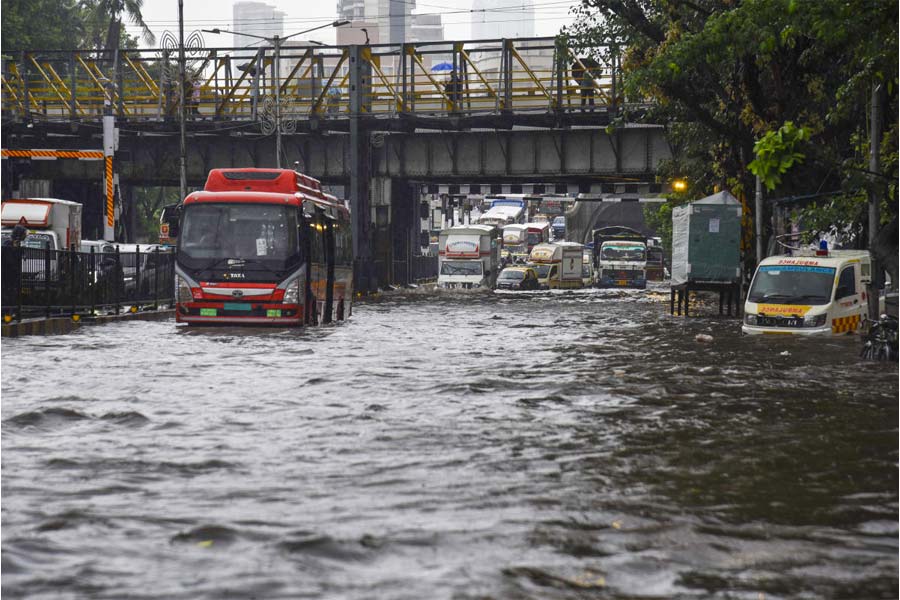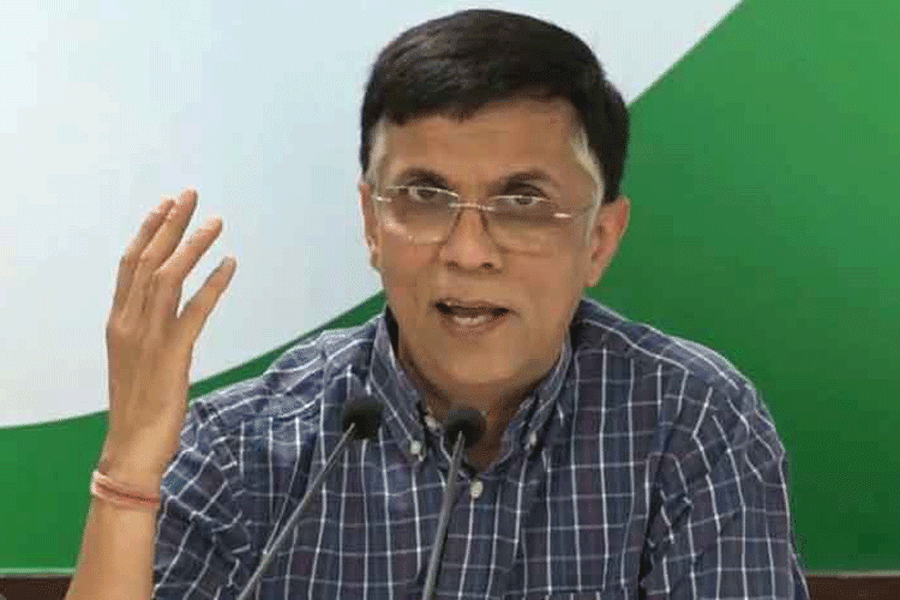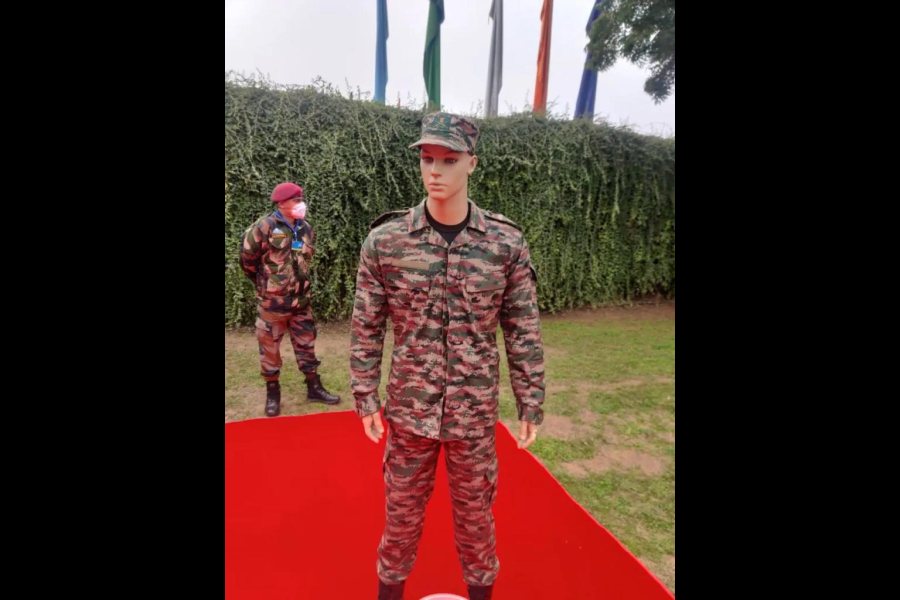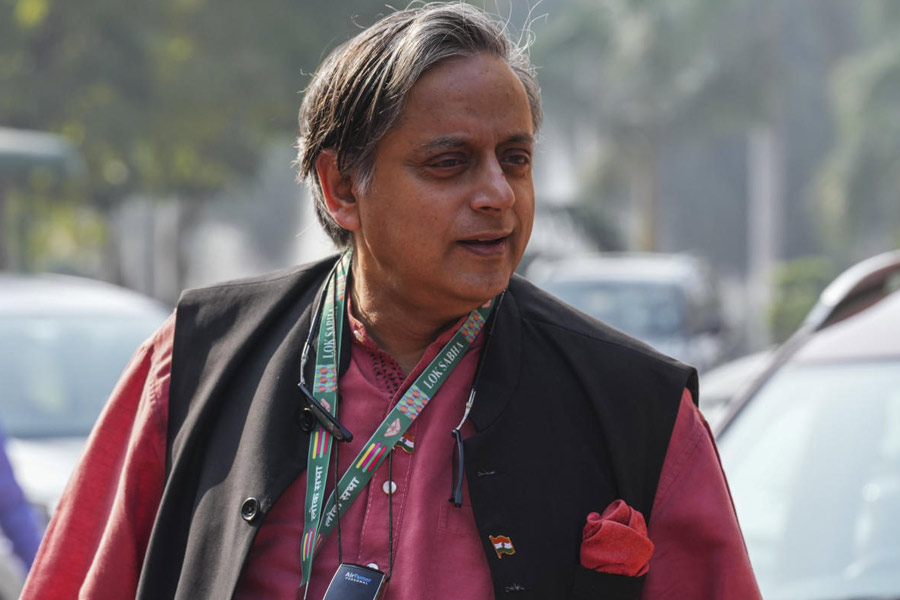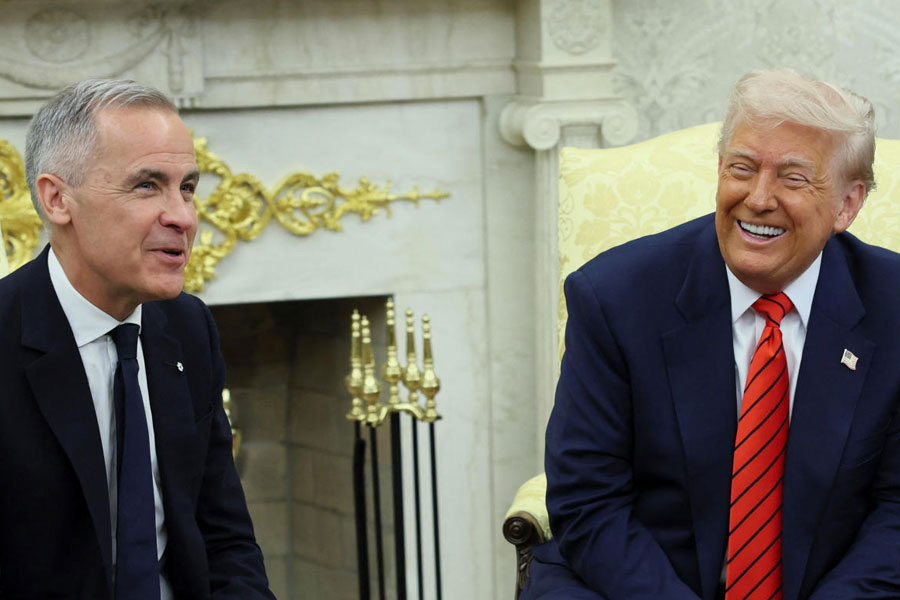 |
Those were heady days — the days of the national movement. There were hardly any buyers of foreign goods. The enlightened section of Assamese, Bengali and Marwari communities of Guwahati had started favouring Kurkutch salt over Liverpool salt, Benaras sugar in place of foreign sugar and desi cloth instead of cloth from Manchester.
Earlier, the head priest of Kamakhya Temple appealed to the pandas, the grocers and the sweetmeat sellers to boycott foreign goods.
In some quarters, demands were being raised for boycotting the Cotton College and Cotton Collegiate School. And some were advocating setting up a national school.
The Cunningham circular added fuel to fire. J.R. Cunningham, the then powerful director of public information of Assam, issued a circular in 1930 imposing a blanket ban on any anti-British and pro-swadeshi activity by students. He also ordered them to sign an undertaking to the effect that they would have to quit their schools and colleges if they participated in anti-government demonstrations or movements.
Refusing to oblige, thousands of students throughout Assam left their institutions of learning. There were about 400 such students in Guwahati alone.
A group of philanthropists came to the rescue of these students and decided to start a swadeshi school in the city on the lines of national schools being established in Calcutta, Sylhet, Habiganj, Karimganj, Silchar and elsewhere in the country.
The Kamrup Academy was conceived with Rai Bahadur Kalicharan Sengupta as its founder president and Gaurikanta Talukdar as its secretary.
The going was not smooth for the school at the very beginning. No landlord was willing to rent out his land to the school for fear of inviting the ire of the British Raj.
The Rai Bahadur, an advocate by profession, persuaded a wealthy client Ramswarup Singh to rent out his two-storey building at Tokobari for Rs 30 per month. Ultimately Singh agreed on condition that in case of a raid by the police or the government, Sengupta would fight the case.
The school started functioning on July 15, 1930 with 53 students from this building and initially, lessons were imparted in both Bengali and Assamese.
The school, however, failed to be affiliated to a board immediately. Consequently, the first batch of students, backed by Sir Ashutosh Mukherjee, appeared for the matriculation examination as private candidates. Akshay Kumar Dutta, Dwijesh Sengupta, Satish Chandra Kakati and Bharat Das were among the six who passed the examination that year from this school.
In 1937, the school shifted to its present premises at Chenikuthi. An amount of Rs.17,000 was collected from the public and the U-shaped building constructed.
Devendranath Sharma, Keshav Narayan Dutta, Ishwar Prasad Chowdhury, Sureshwar Gohain and Golap Chowdhury headed the school in its nascent stage and nurtured it in every possible way.
Shyama Prasad Mukherjee visited the school when he was the Union education minister and was accorded a grand reception. An impressed Shyama Prasad said, “What India needs is man-making education as prescribed by Swami Vivekananda. Nationalist institutions like Kamrup Academy should serve as the model for the country.”
In its new premises, Kamrup Academy became the hub of nationalist activities.
In tune with the swadeshi spirit of the time, a handicraft section headed by Gyananda Choudhury and Girish Mali opened at the school. Students were sent to Sodepur in Bengal for advanced training in paper-making. The handicraft section made paper and threads.
Four digestor machine and one calendar-making machine were installed at the school.
Sarat Chandra Sinha, headmaster of Chapar High School (and later chief minister of Assam) spent a summer vacation at the academy to learn paper making. He wanted to introduce a paper-making course at his school in Chapar during the pre-Independence days.
The students of Kamrup Academy regularly visited the jails on Saturdays to meet the political prisoners. In school, physical education was greatly stressed upon. Many students of Kamrup Academy became disciples of Khudu Mahanta, the legendary sword and stick trainer who taught the skills of self defence in the academy.
A select group of students were also trained to prepare nitric and hydrochloric acids. Police kept a strict vigil on the activities of the school.
Interestingly, many other educational institution like B. Baruah College and J.B. Law Colleges started from these premises.
The Kamrup Academy has the distinction of being the first swadeshi school in the Northeast. The school stands as a symbol of a great heritage, sacrifice and commitment.


